Photographs uncover mysterious lost city in the Mexican jungle
Stunned archaeologists have “accidentally” located thousands of never-before-seen structures as well as an enormous ancient city.
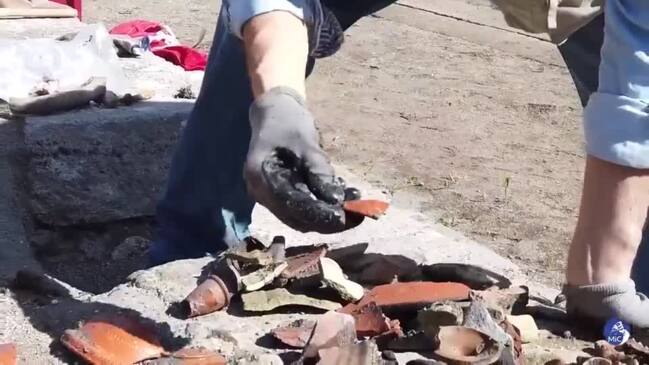
Archaeologists have been left stunned after accidentally stumbling upon a huge ancient city hidden in the dense Mexican jungle.
The lost city in the southeastern state of Campeche was once thought of as a “blank spot” in the Maya Lowlands, an area spanning what’s now Belize, El Salvador, Guatemala and southeastern Mexico. Incredibly, the city was discovered centuries after it vanished, complete with pyramids, plazas, amphitheatres and sport fields.
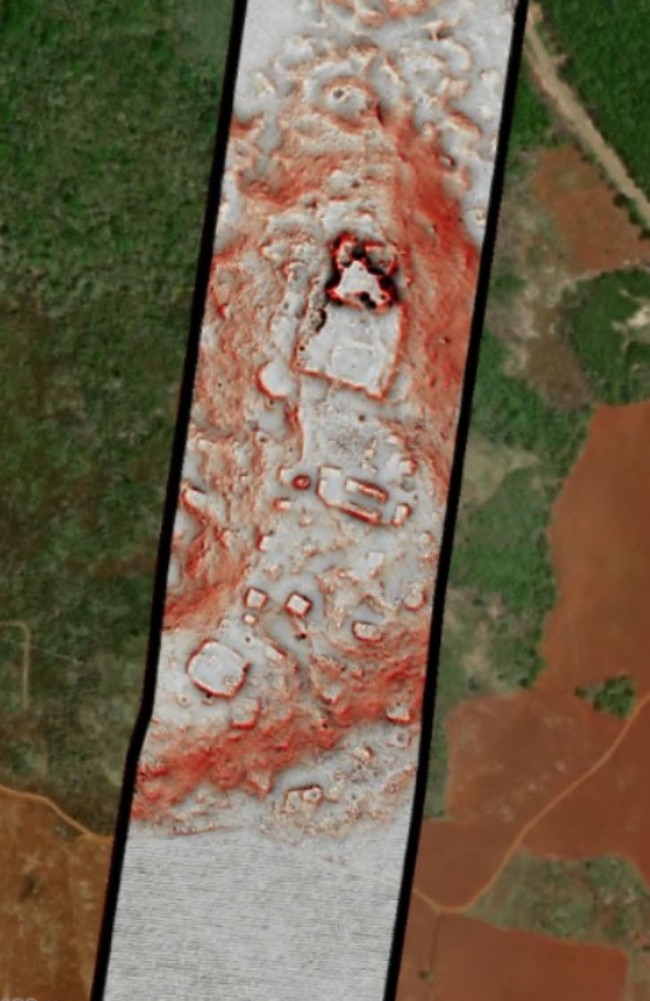
The enormous hidden complex was found using the laser mapping technology Lidar – light detection and ranging equipment – which maps structures underneath vegetation.
The city has now been named Valeriana after a nearby lagoon, and was one of three sites located by an archaeologist who was browsing online.

The huge area is believed to be second in density to Calakmul, the largest Maya site in ancient Latin America.
Archaeologists reported the find in the journal Antiquity on Tuesday, along with thousands of never-before-seen Maya structures.
Lead study author, archaeologist and PhD student Luke Auld-Thomas from Tulane University in Louisiana, said he found the city while browsing data on the internet.
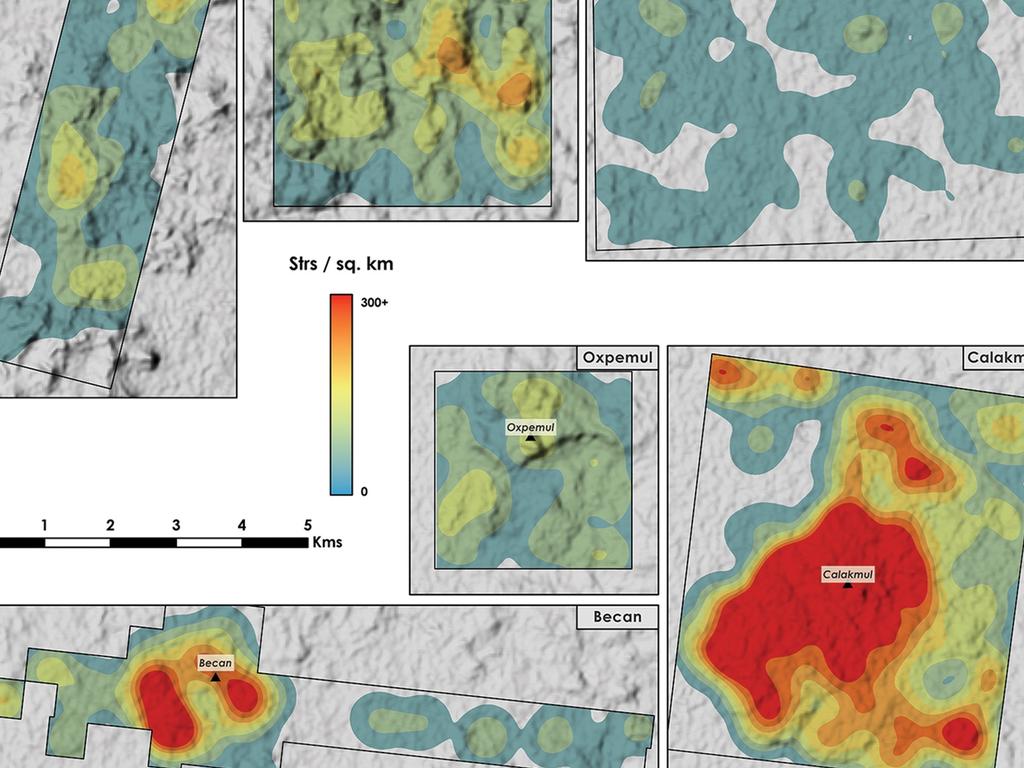
“I was on something like page 16 of Google search and found a laser survey done by a Mexican organisation for environmental monitoring,” Mr Auld-Thomas told the BBC.
He had stumbled across a Lidar survey, and when he processed the data from it with methods used by archaeologists he found something others had missed – the lost city, which is believed to have been home to 30,000 to 50,000 people during its busiest time from 750AD to 850AD.
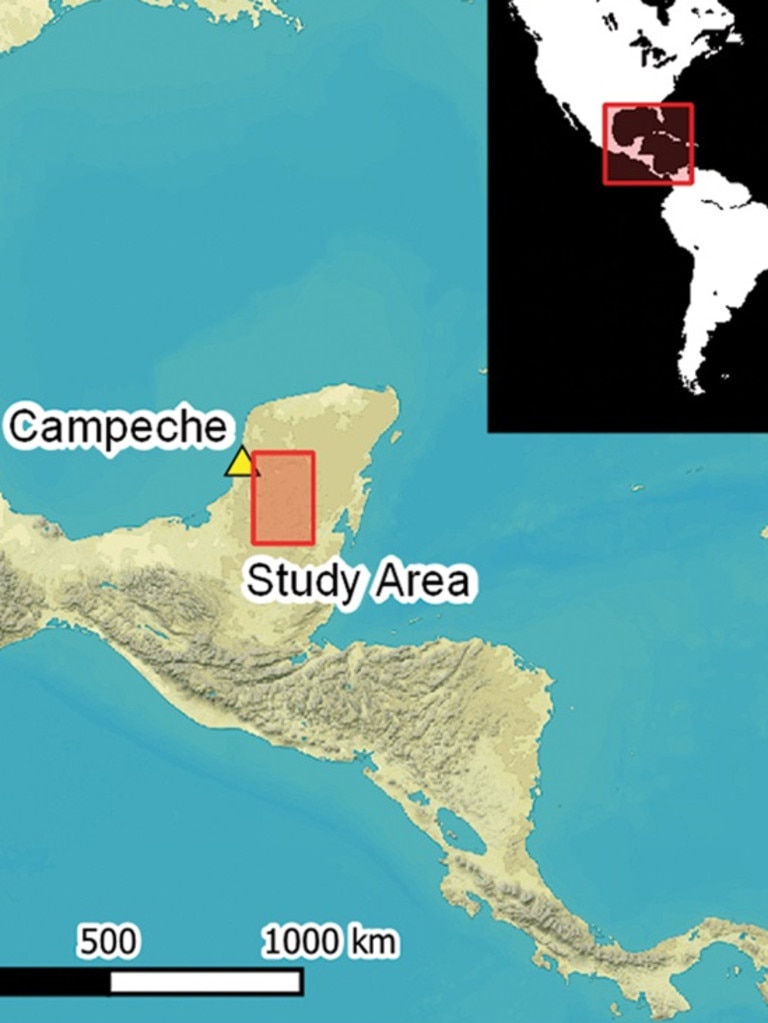
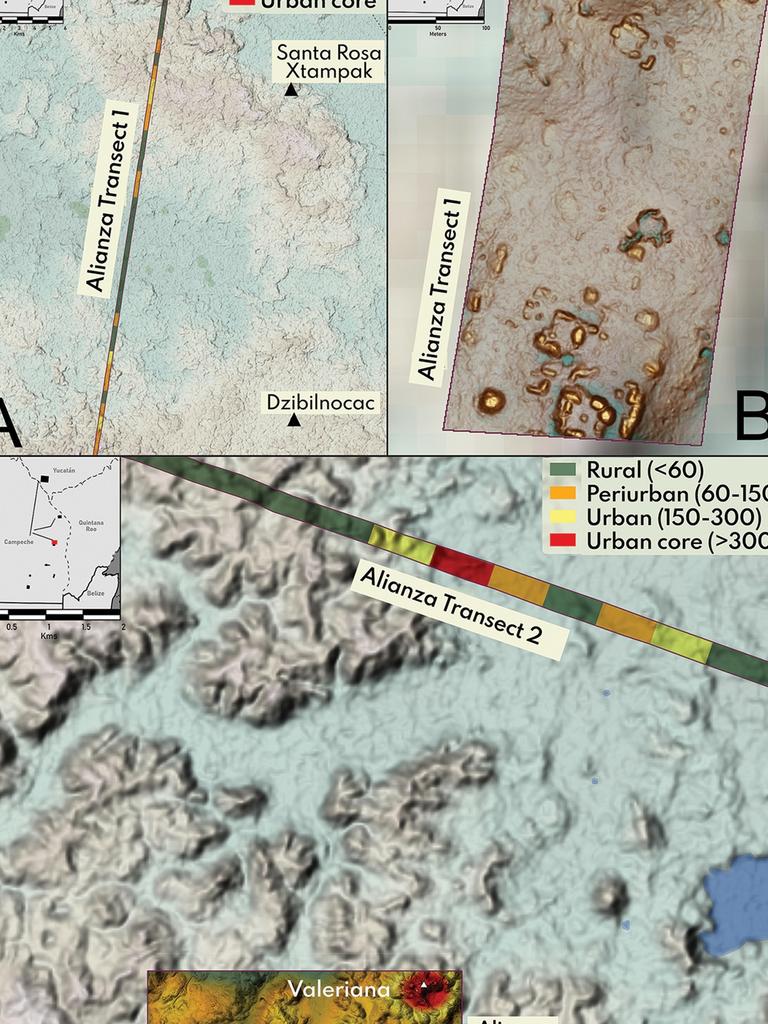
It was hidden in plain sight all along, as it is just 15 minutes’ walk from a major road near Xpujil.
The Lidar scans were collected in 2013 for a forest survey by The Nature Conservancy of Mexico, with the lasers uncovering an area of around 122 square kilometres.
In total, the researchers uncovered 6764 structures in Valeriana and in other rural and urban settlements of varying sizes.
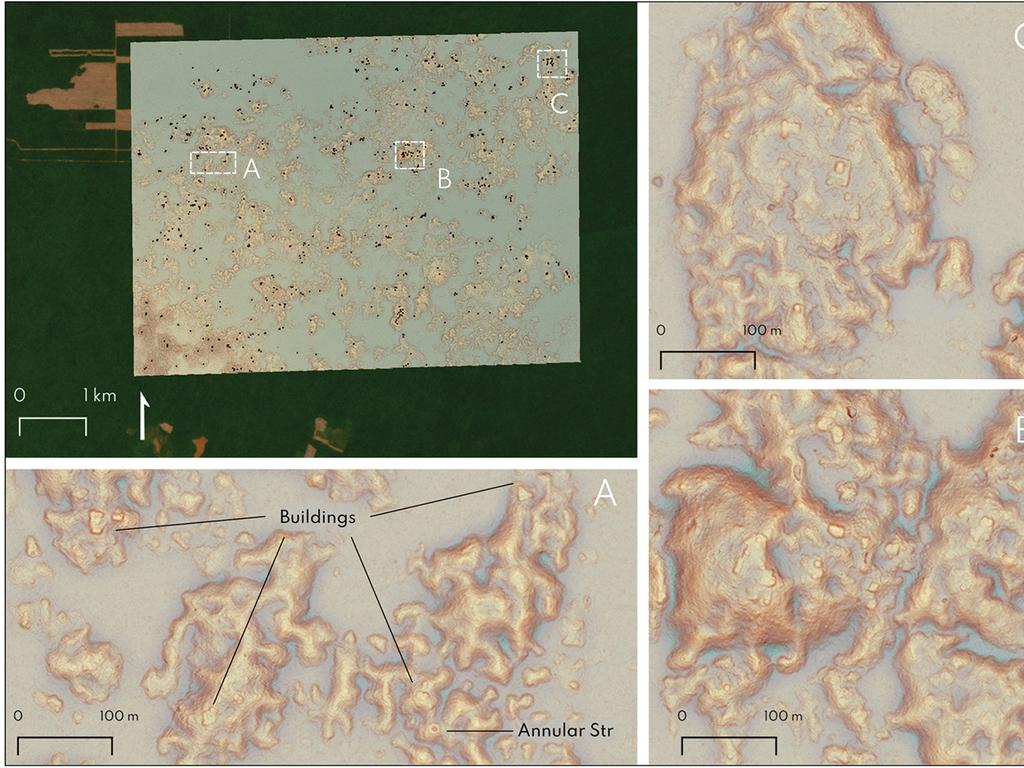
“On the one hand it was surprising — you see it and you’re struck by it. On the other hand, it actually confirmed what I expected to find,” Mr Auld-Thomas said of the discovery.
“My own sense of this part of the Maya Lowlands, based on what I know of my archaeology, is that if you could throw darts at it, you would find urban areas. And so it was gratifying and exciting to see that that was actually the case.”
Campeche is located between two well-explored locations – northern Yucatán and the southern Maya Lowlands, however until now it had been ignored and was not easily reachable, study co-author Marcello Canuto told CNN.
“This is a new dawn for all of us, because we can now see where we would never have been able to see,” said Canuto, a professor in Tulane’s department of anthropology.





